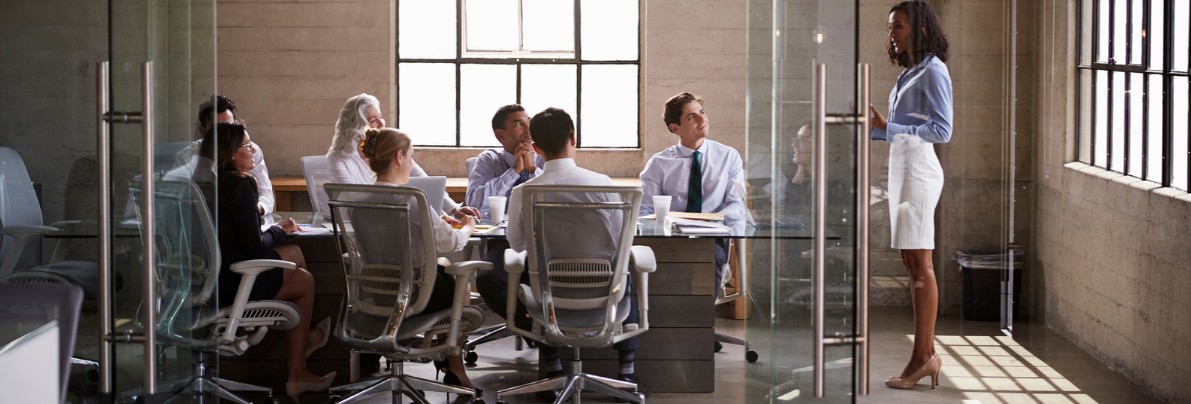The culture of the meeting is a tradition within most companies. Often necessary for better communication, team meetings can be long, painful and ineffective, however. But to make them more dynamic, several techniques have been developed to renew the classic meeting. Here are some examples.
The stand-up meeting
As its name indicated, the stand-up meeting is done… standing up. Not sitting makes meetings shorter and more dynamic. They also involve the participants being positioned in a circle rather than in rows or around a table, which makes for more interesting interactions. The purpose of the stand-up meeting is to shorten meetings and to go straight to the goal without expanding into unnecessary discussions.
The co-meeting
The co-meeting is actually a new way of conceiving meetings. Organization and workspace researcher Françoise Bornner and entrepreneur Xavier Giroux, creator of OpenMind Kfé, with spaces designed to organize meetings outside traditional frameworks, have reflected on the question. Aided by facilitators, the duo of specialists believes co-meetings let participants “draw inspiration, research, question, observe, develop, network, experiment, share and converge” by appealing to collective intelligence, stimulating creativity and relying on rigorous and proven methods and techniques. Learn about the concept here.
The speed meeting
Although often used to “pitch” your business idea to potential investors, the speed meeting, which draws its name from the romantic “speed dating” versions, is increasingly used within companies to hold meetings. According to a recent survey, managers devote 40 to 50% of their time to meetings, and employees in general close to 30%. The speed meeting therefore makes it possible to meet as many partners, employees and investors in a minimum of time. There are several tricks to setting up the speed meeting as a meeting model: removing the chairs to hold the meeting while standing, clocking the meetings (with a facilitator timing the speakers), setting the participants in a circle, etc.
The World Café method
Popular for leading large groups, the purpose of World Cafés is to stimulate dialogue between all participants in a warm and dynamic setting. To do this an original space must first be created, as in a café: a nice decor, several small tables and chairs, etc. At the beginning of the meeting a facilitator explains the procedure and goals of the meeting. Participants then gather in small groups around tables. Each small group begins by discussing for about twenty minutes, then is asked to answer one or more questions specially prepared to meet the objectives. A representative is then asked to present the results of his group’s reflections to the other colleagues. This technique allows more in-depth interactivity and discussions than in a large group.
